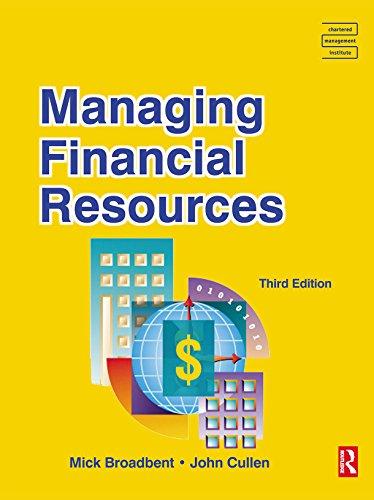Answered step by step
Verified Expert Solution
Question
1 Approved Answer
Please answer the below table. Thanks. NW Flour Company buys 1 input of standard flour and refines it using a special sifting process to 3
Please answer the below table. Thanks.
 NW Flour Company buys 1 input of standard flour and refines it using a special sifting process to 3 cups of baking flour and 9 cups of bread flour. In May, NW bought 11,800 inputs of flour for $87,500. NW spent another $48,400 on the special sifting process. The baking flour can be sold for $3.45 per cup and the bread flour for $4.60 per cup. NW puts the baking flour through a second process so it is super fine. This costs an additional $1 per cup of baking flour and the process yields 21 cup of super-fine baking flour for every one cup of baking flour used. The super-fine baking flour sells for $10.20 per cup. Requirement 1a. Allocate the $135,900 joint cost to the super-fine baking flour and the bread flour using the physical-measure method (using cups) of joint-cost allocation. (Round the weights to four decima places. Round the joint costs allocated to the nearest whole dollar.) Required 1. Allocate the $135,900 joint cost to the super-fine baking flour and the bread flour using the following: a. Physical-measure method (using cups) of joint-cost allocation b. Sales value at splitoff method of joint-cost allocation c. NRV method of joint-cost allocation d. Constant gross-margin percentage NRV method of joint-cost allocation 2. Each of these measures has advantages and disadvantages; what are they? 3. Some claim that the sales value at splitoff method is the best method to use. Discuss the logic behind this claim
NW Flour Company buys 1 input of standard flour and refines it using a special sifting process to 3 cups of baking flour and 9 cups of bread flour. In May, NW bought 11,800 inputs of flour for $87,500. NW spent another $48,400 on the special sifting process. The baking flour can be sold for $3.45 per cup and the bread flour for $4.60 per cup. NW puts the baking flour through a second process so it is super fine. This costs an additional $1 per cup of baking flour and the process yields 21 cup of super-fine baking flour for every one cup of baking flour used. The super-fine baking flour sells for $10.20 per cup. Requirement 1a. Allocate the $135,900 joint cost to the super-fine baking flour and the bread flour using the physical-measure method (using cups) of joint-cost allocation. (Round the weights to four decima places. Round the joint costs allocated to the nearest whole dollar.) Required 1. Allocate the $135,900 joint cost to the super-fine baking flour and the bread flour using the following: a. Physical-measure method (using cups) of joint-cost allocation b. Sales value at splitoff method of joint-cost allocation c. NRV method of joint-cost allocation d. Constant gross-margin percentage NRV method of joint-cost allocation 2. Each of these measures has advantages and disadvantages; what are they? 3. Some claim that the sales value at splitoff method is the best method to use. Discuss the logic behind this claim Step by Step Solution
There are 3 Steps involved in it
Step: 1

Get Instant Access to Expert-Tailored Solutions
See step-by-step solutions with expert insights and AI powered tools for academic success
Step: 2

Step: 3

Ace Your Homework with AI
Get the answers you need in no time with our AI-driven, step-by-step assistance
Get Started


